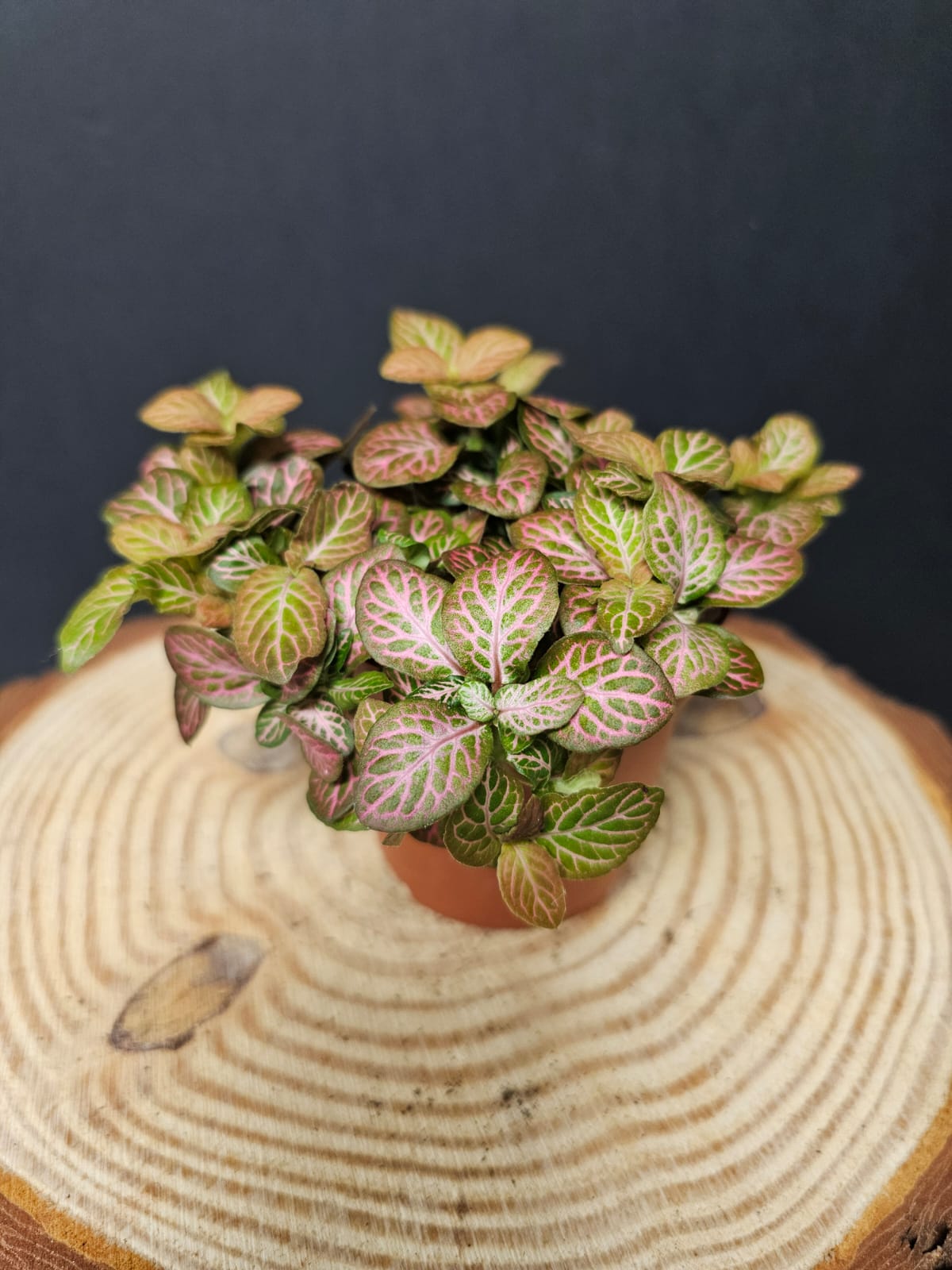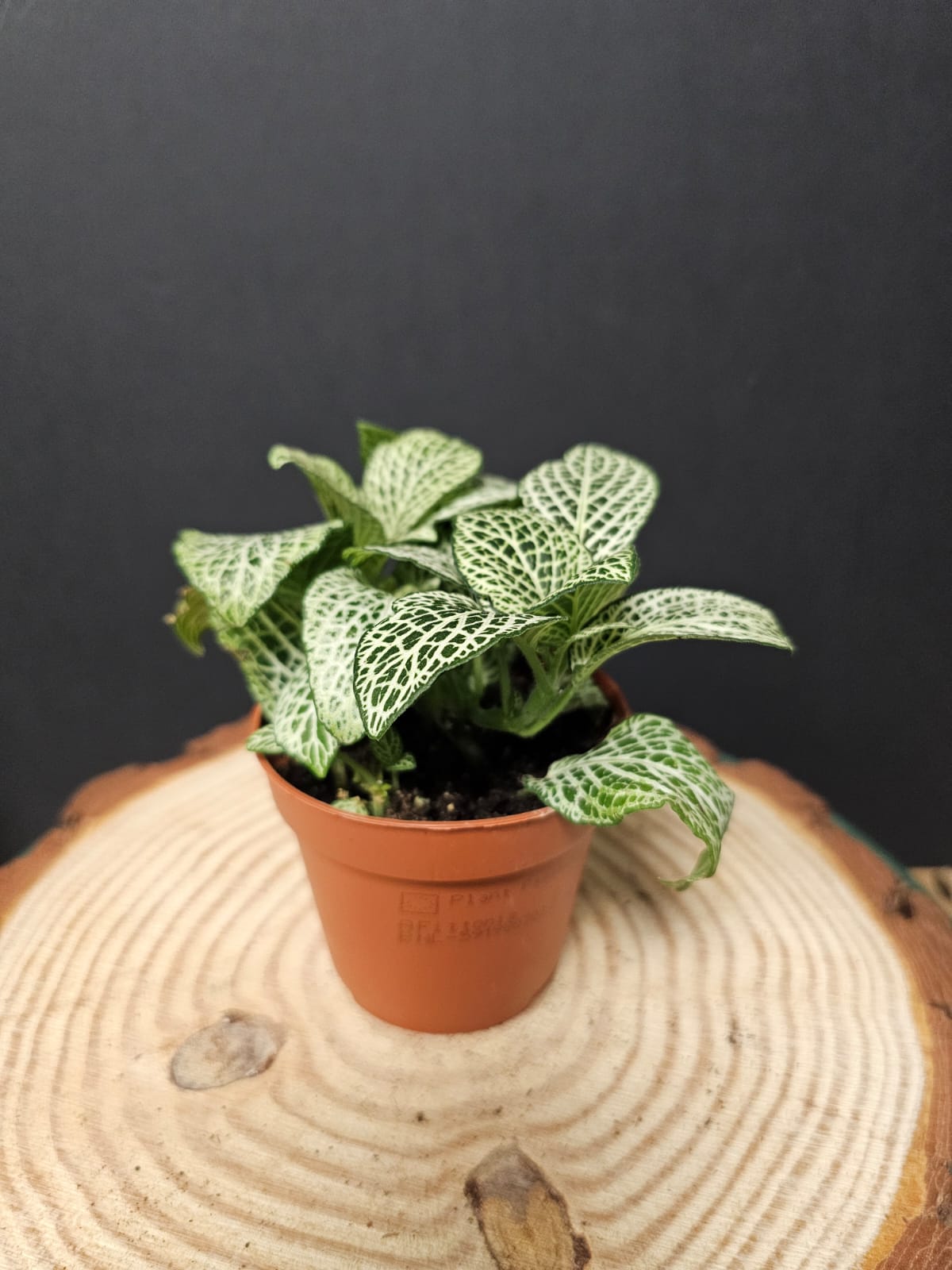1
/
of
1
Plant Paradise By Gemma
Fittonia - Nerve Plant | Houseplant
Fittonia - Nerve Plant | Houseplant
Regular price
£5.00 GBP
Regular price
Sale price
£5.00 GBP
Unit price
/
per
Tax included.
Shipping calculated at checkout.
Couldn't load pickup availability
Fittonia
Fittonia, also known as the nerve plant, is a low-growing houseplant prized for its striking leaves marked with intricate vein patterns. Its foliage comes in shades of green accented by vivid white, pink, or red veins, creating a vibrant mosaic effect. Perfect for terrariums or as a tabletop plant, it adds a burst of colour and texture to any indoor setting.
Provided in 8.5cm pots.
Care Instructions:
-
Light Conditions☀️
Fittonia needs bright, indirect light to maintain its vibrant colours.
A north or east-facing windowsill is ideal. You can also place it on a table or bookshelf within 3m (9ft) of a window.
Direct sunlight can scorch the delicate leaves.
Fittonia can tolerate lower light, but the colours may fade, and it might become leggy.
Rotate the plant regularly to ensure all sides receive equal light and prevent it from leaning towards the light source.
-
Watering💧
Allow the top few cm of soil to dry out before watering.
Keep the soil lightly moist, but avoid making it soggy as this can lead to root rot.
Water less frequently during the cooler autumn and winter months, but still water thoroughly when needed.
Use lukewarm water to avoid shocking the roots.
If the leaves start to droop dramatically, the plant needs water.
Allow any excess water to drain away.
-
Humidity💦
Fittonia need high humidity to thrive.
To increase your humidity levels you can use a humidifier or you could consider regularly misting your plant if the indoor air is dry.
You can also place your plant on a tray of pebbles and water to increase the humidity levels.
-
Temperature🌡️
Fittonia prefers warm, consistent temperatures, ideally between 18-24°C. Temperatures should not dip below 10°C or above 30°C
Avoid cold draughts, air conditioners or heaters as this plant is sensitive to temperature fluctuations.
-
Fertilising🌱
Fertilise every 2-4 weeks or once a month during the spring and summer growing season (April to September) and stop fertilising during the winter.
-
Additional Care➕
Repot annually in spring or early summer, or when the plant becomes pot-bound.
Remove dead, yellowing, or damaged leaves or stems with clean, sharp tools.
Share










